(Page créée avec « Micro greens harvesting ») |
(Page créée avec « Micro greens growth stops when the majority of plants have two real leaves (not the two cotyledons, the two primordial leaves that leave the seed at the beginning of germi... ») |
||
| Ligne 60 : | Ligne 60 : | ||
{{ {{tntn|Tuto Step}} | {{ {{tntn|Tuto Step}} | ||
|Step_Title=Micro greens harvesting | |Step_Title=Micro greens harvesting | ||
| − | |Step_Content= | + | |Step_Content=Micro greens growth stops when the majority of plants have two real leaves (not the two cotyledons, the two primordial leaves that leave the seed at the beginning of germination and contain some of the reserves). |
La récolte se fait au ciseaux, en coupant la base des plants. Les racines ne sont pas consommées, à la différences des graines germées. | La récolte se fait au ciseaux, en coupant la base des plants. Les racines ne sont pas consommées, à la différences des graines germées. | ||
Version du 19 janvier 2018 à 18:02
Description
In a few days it is possible to grow micro greens, alternative to sprouted seeds, for cooking in dishes or salad.
Matériaux
- Seeds of untreated edible plants (if possible from organic farming)
- Undrilled containers (trays, pots, cupolas, etc.)
- Soil for semi
- Rainwater
Outils
- Sprayer
- Scissors
Étape 1 - Prepare the culture medium and sow
- Place the potting soil in the containers of your choice on a thickness of 3 to 4 centimeters. For example, you can use half-shells of coconut or food trays as semi-pot.
- Moisten the potting soil with a sprayer.
- Sow the seeds in a dense way. Ideally the seeds do not touch each other.
- Sprinkle with the sprayer without flooding the trays (or pots, coconuts, etc.)
- Put seedlings in the dark
Note: In the photo opposite we can see culture trays of different species of Asian cabbage. Each species is present in two trays and a sheet of toilet paper has been placed on a tray per species. The goal is to try to speed up germination by keeping the environment moist. The results are presented later in the tutorial.
Étape 2 - Manage seedlings
Species germinate at different rate. It is therefore necessary to monitor and water the seedlings regularly (without having a soaked soil).
When the majority of the seeds of the same container have germinated, place the crop in the light and continue to water to keep the soil moist.
Étape 3 - Pak choi seedling in coconut
Some photos of coconut pak choi (a variety of Chinese cabbage) without using toilet paper.
One half of the coconut shell was used as a seedling pot, the other half was used to cover the seedlings to put them in darkness and limit the loss of water by evaporation.
Étape 4 - Micro greens harvesting
Micro greens growth stops when the majority of plants have two real leaves (not the two cotyledons, the two primordial leaves that leave the seed at the beginning of germination and contain some of the reserves).
La récolte se fait au ciseaux, en coupant la base des plants. Les racines ne sont pas consommées, à la différences des graines germées.
Notes et références
- Réalisé par Thomas Piboum et Karel Janik pour Nomade des Mers.
Yes
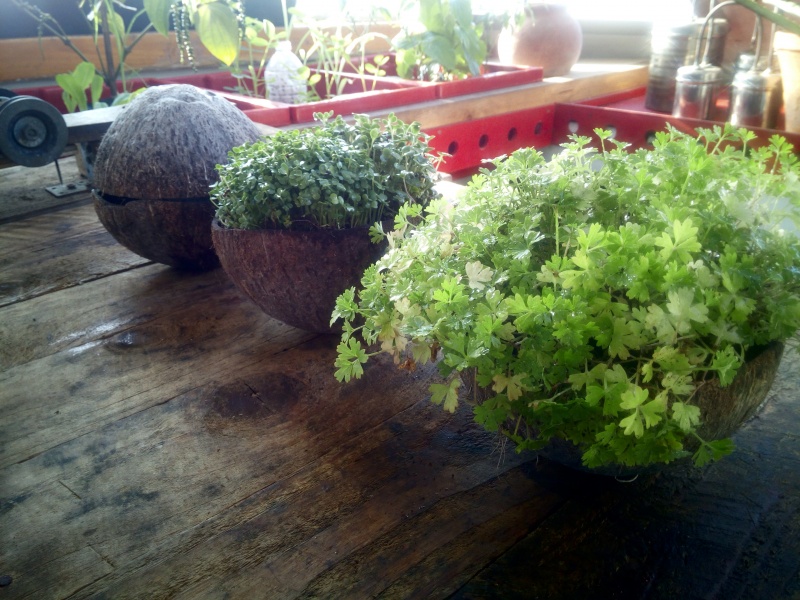
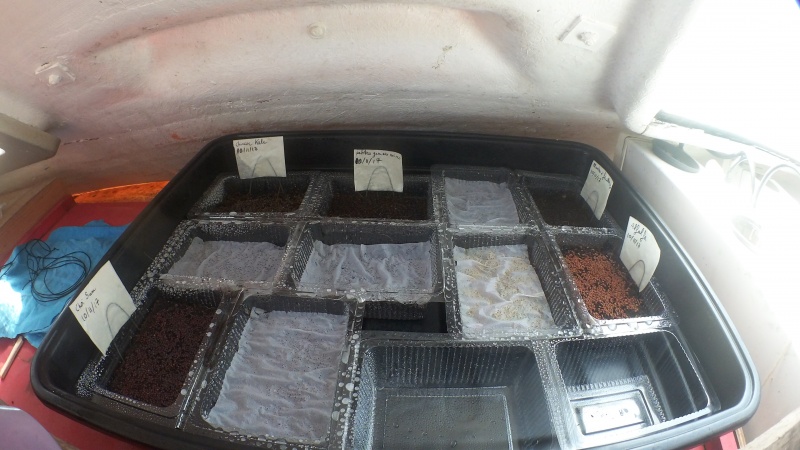
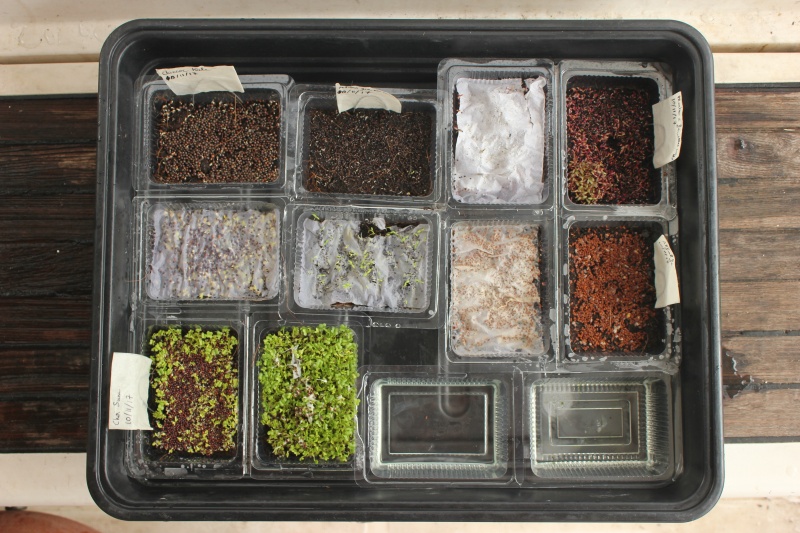
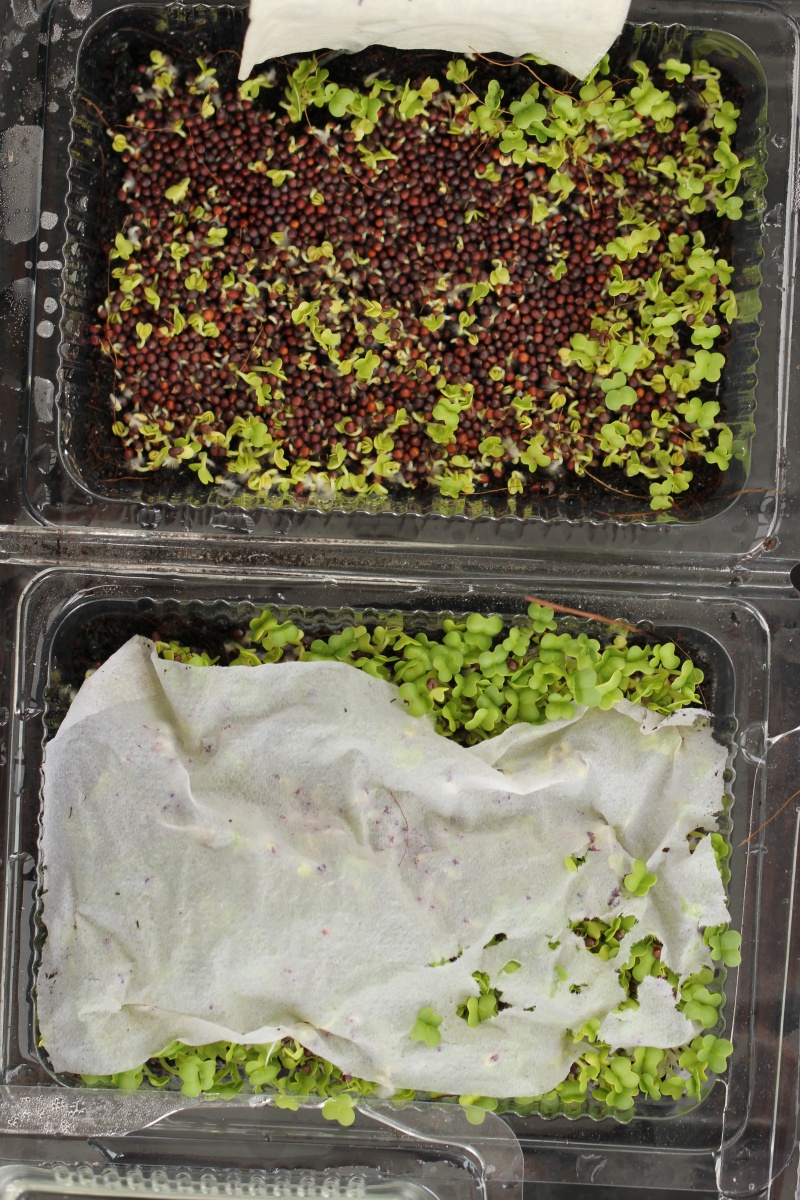
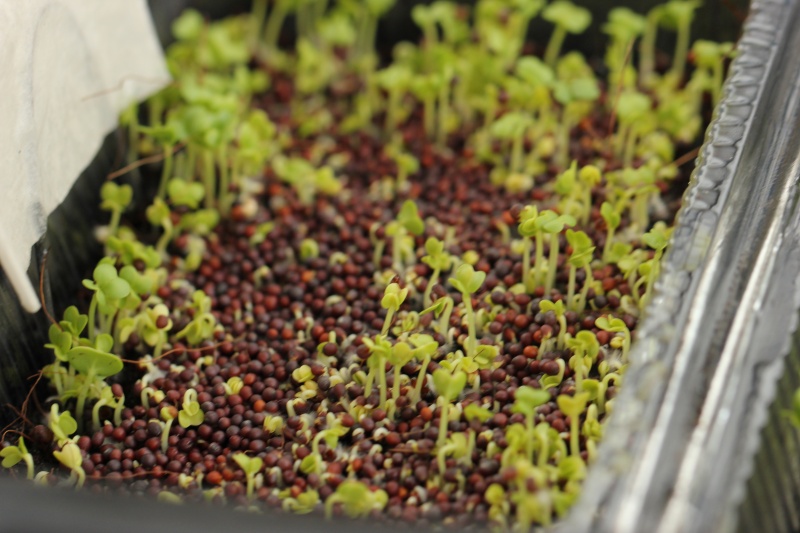
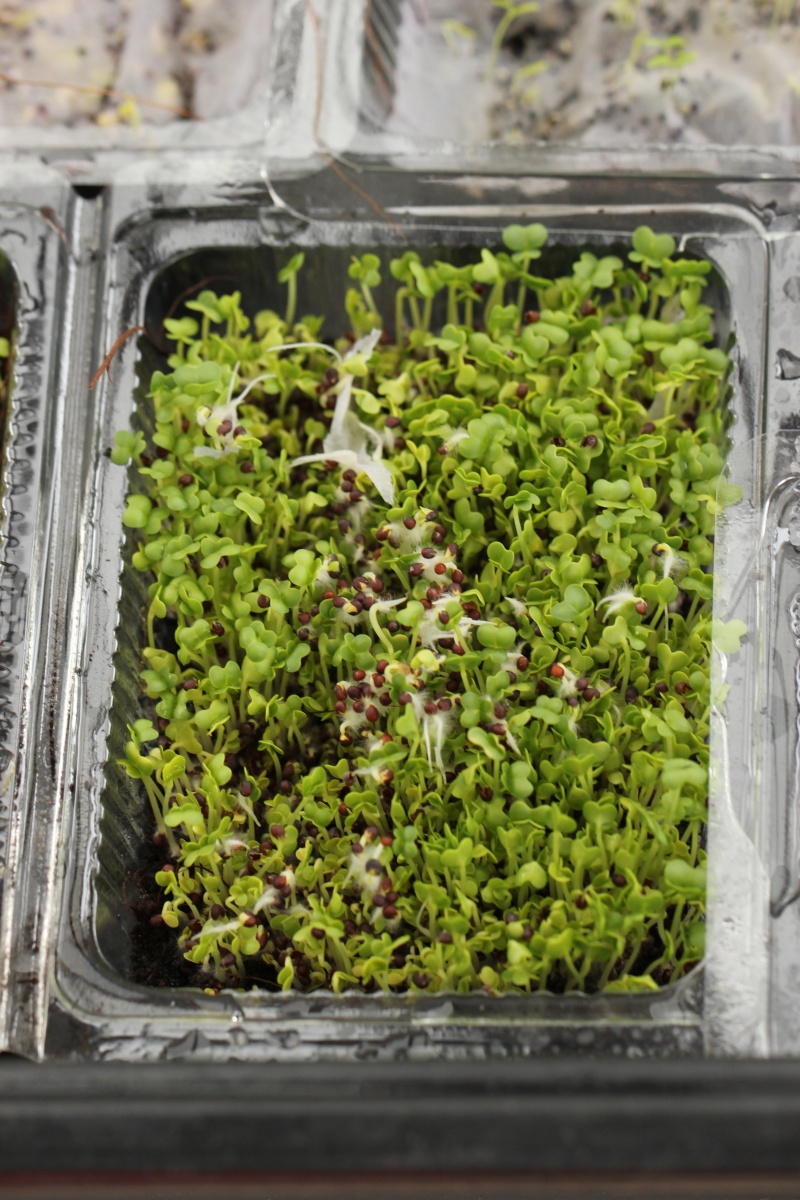
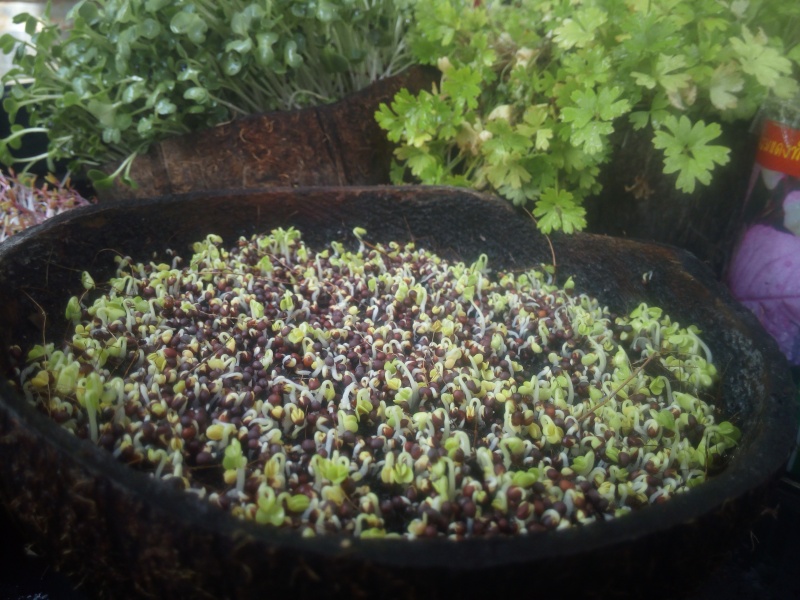
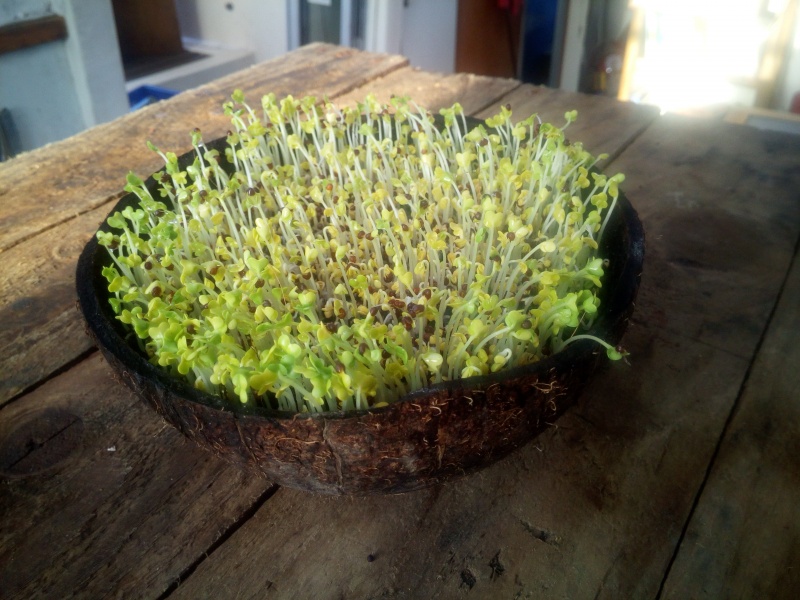
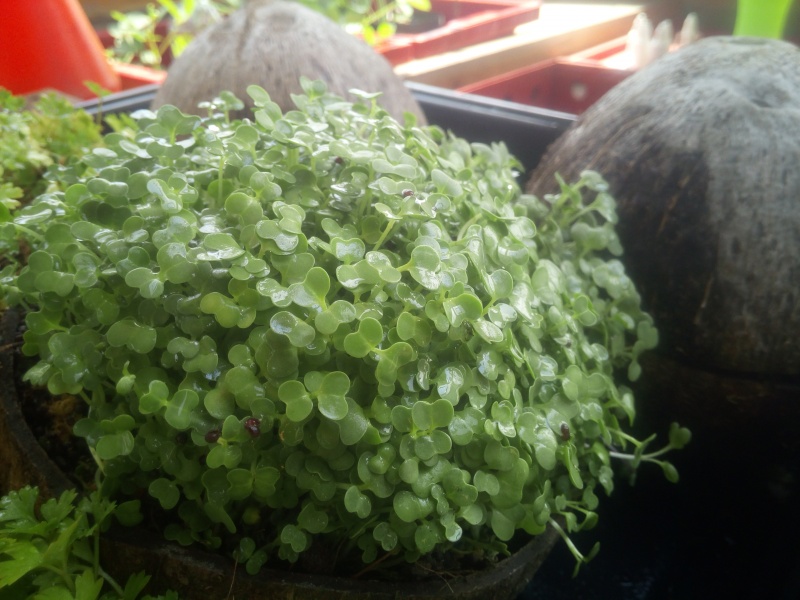
 Français
Français English
English Deutsch
Deutsch Español
Español Italiano
Italiano Português
Português